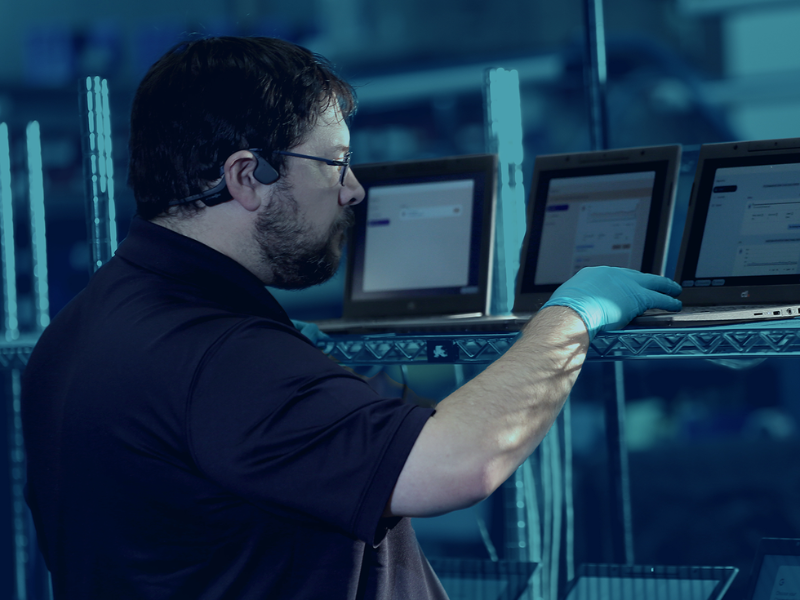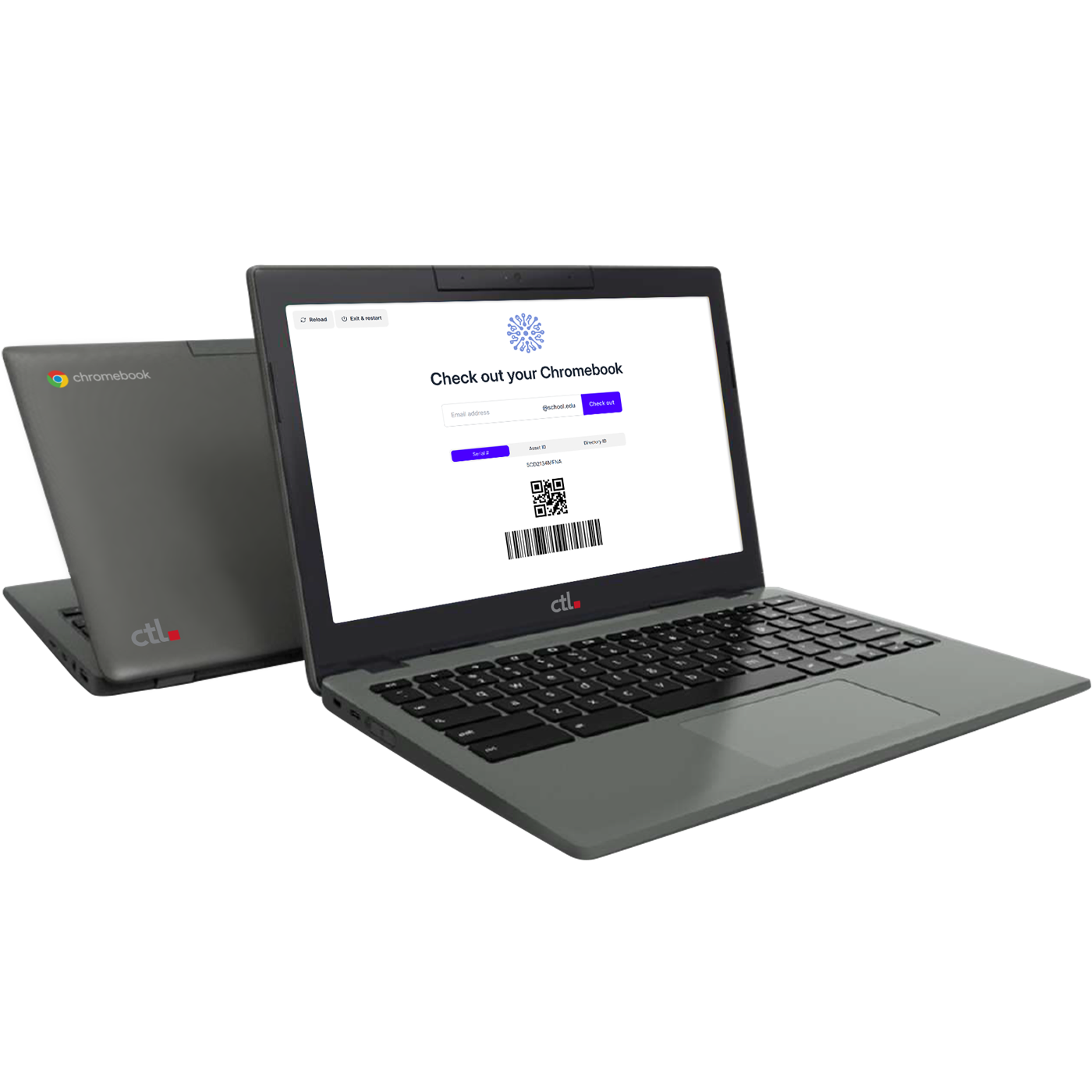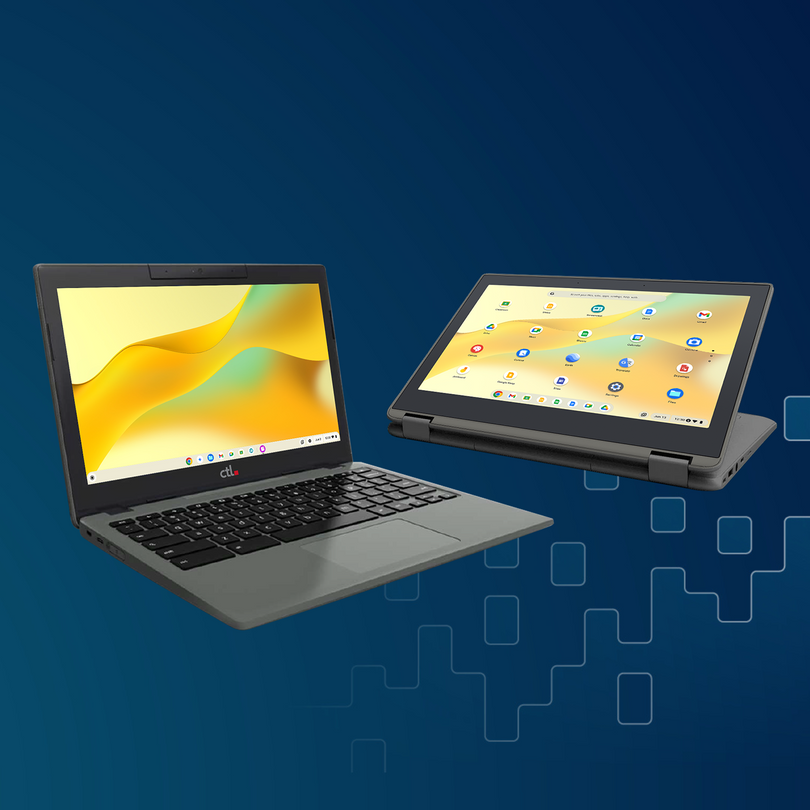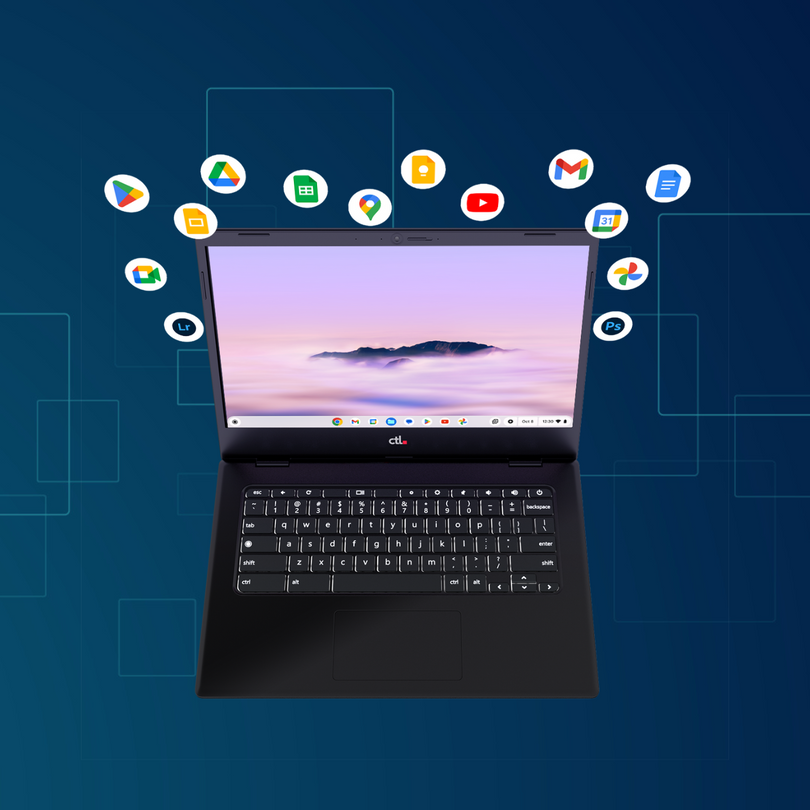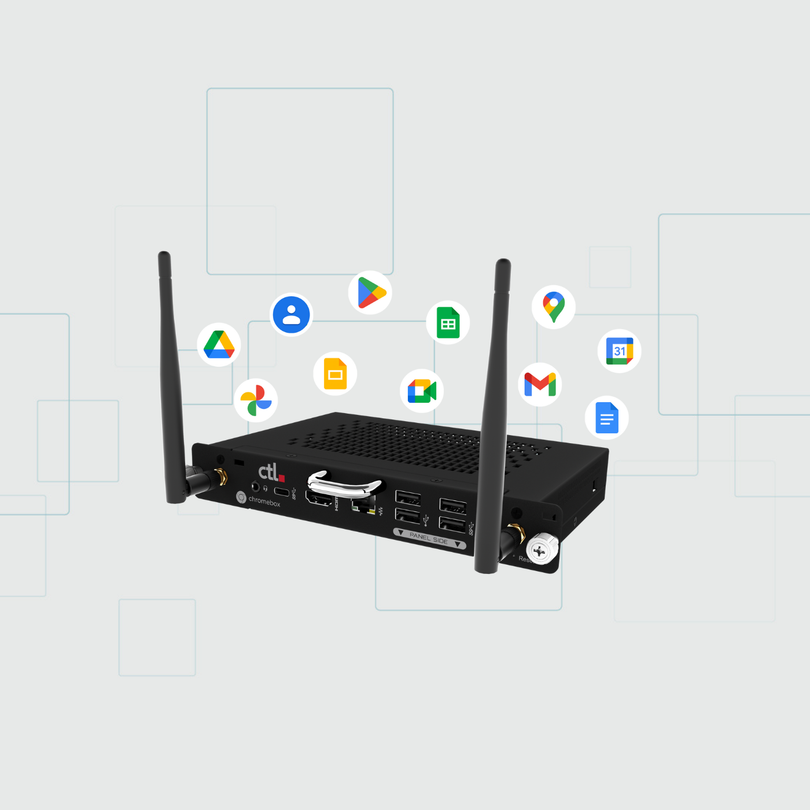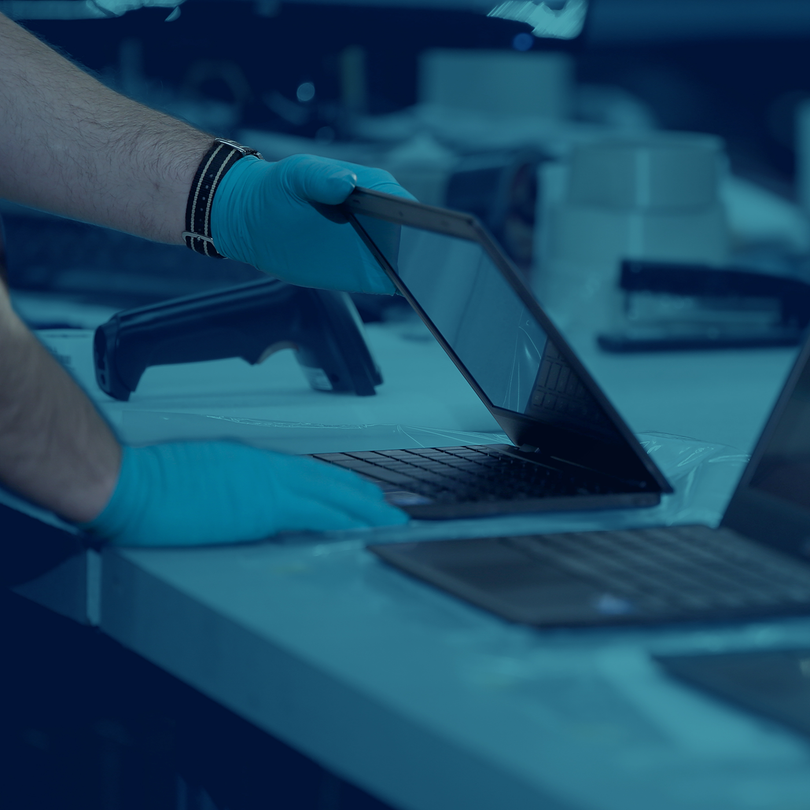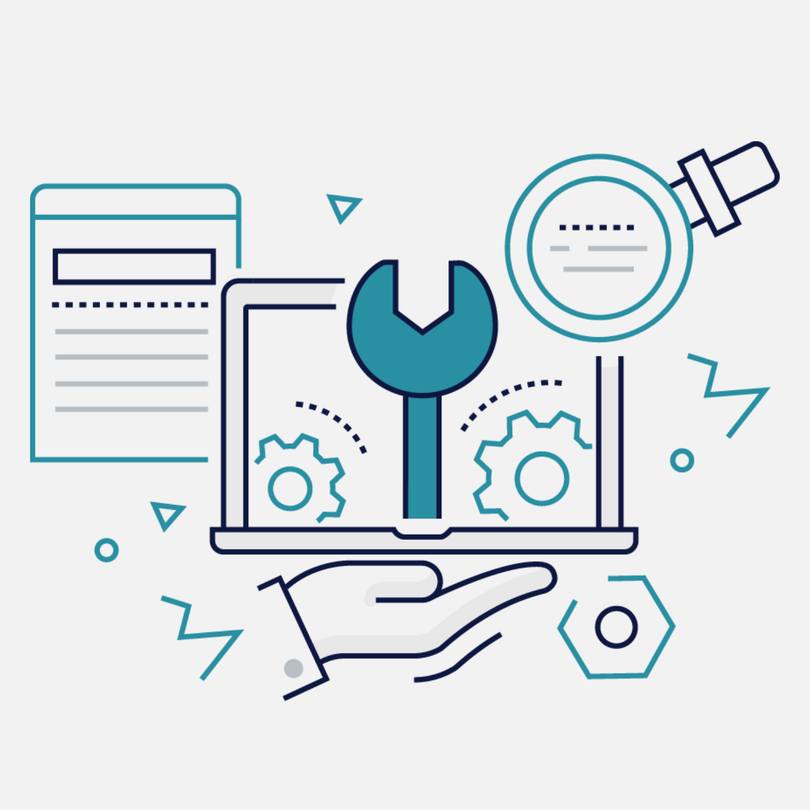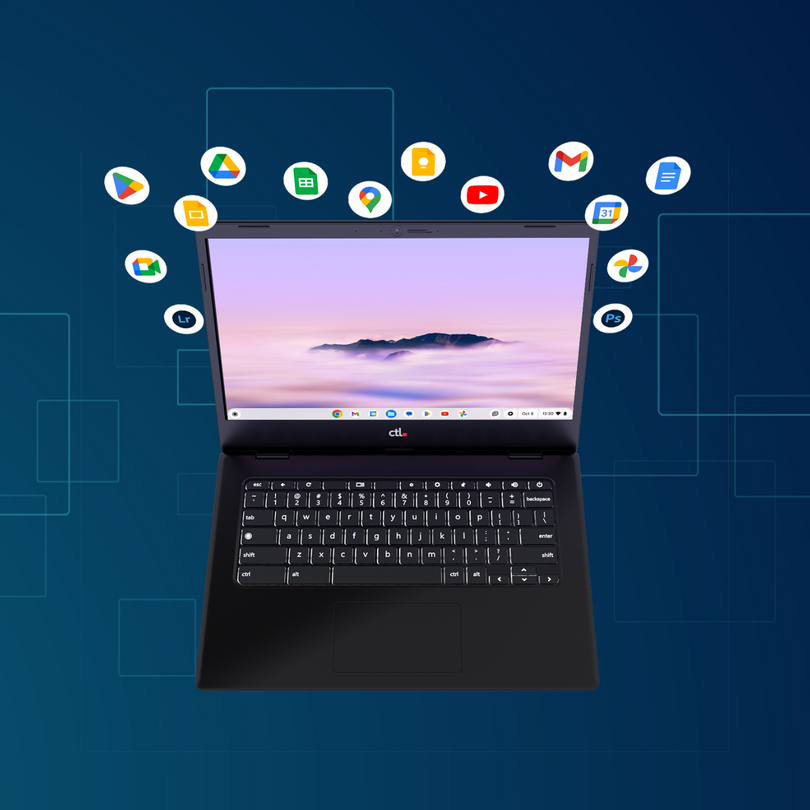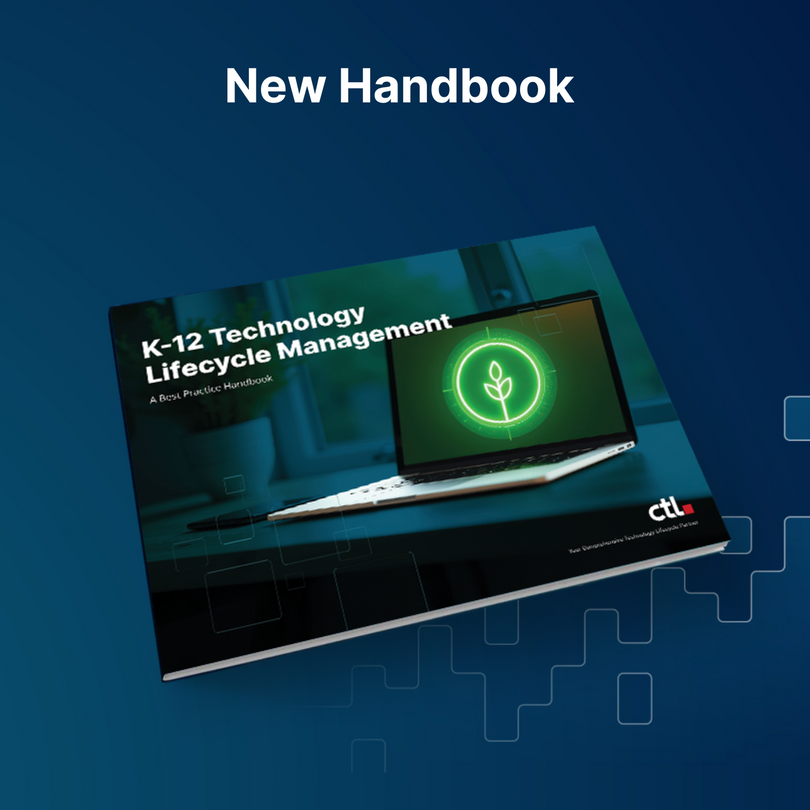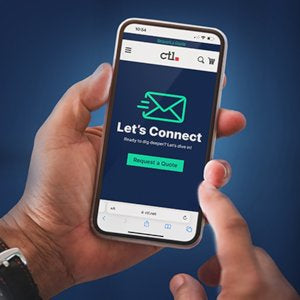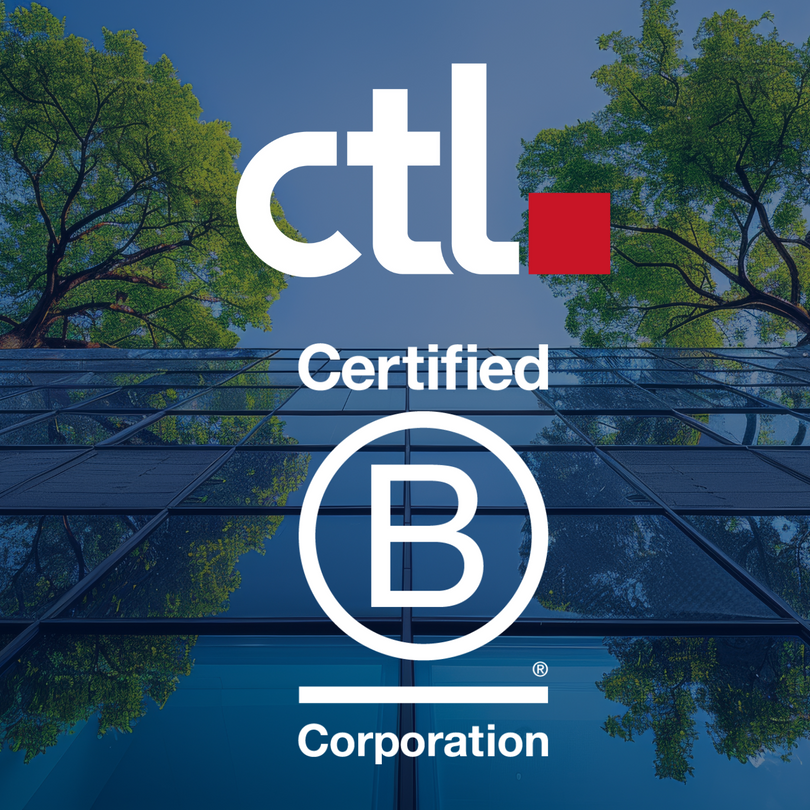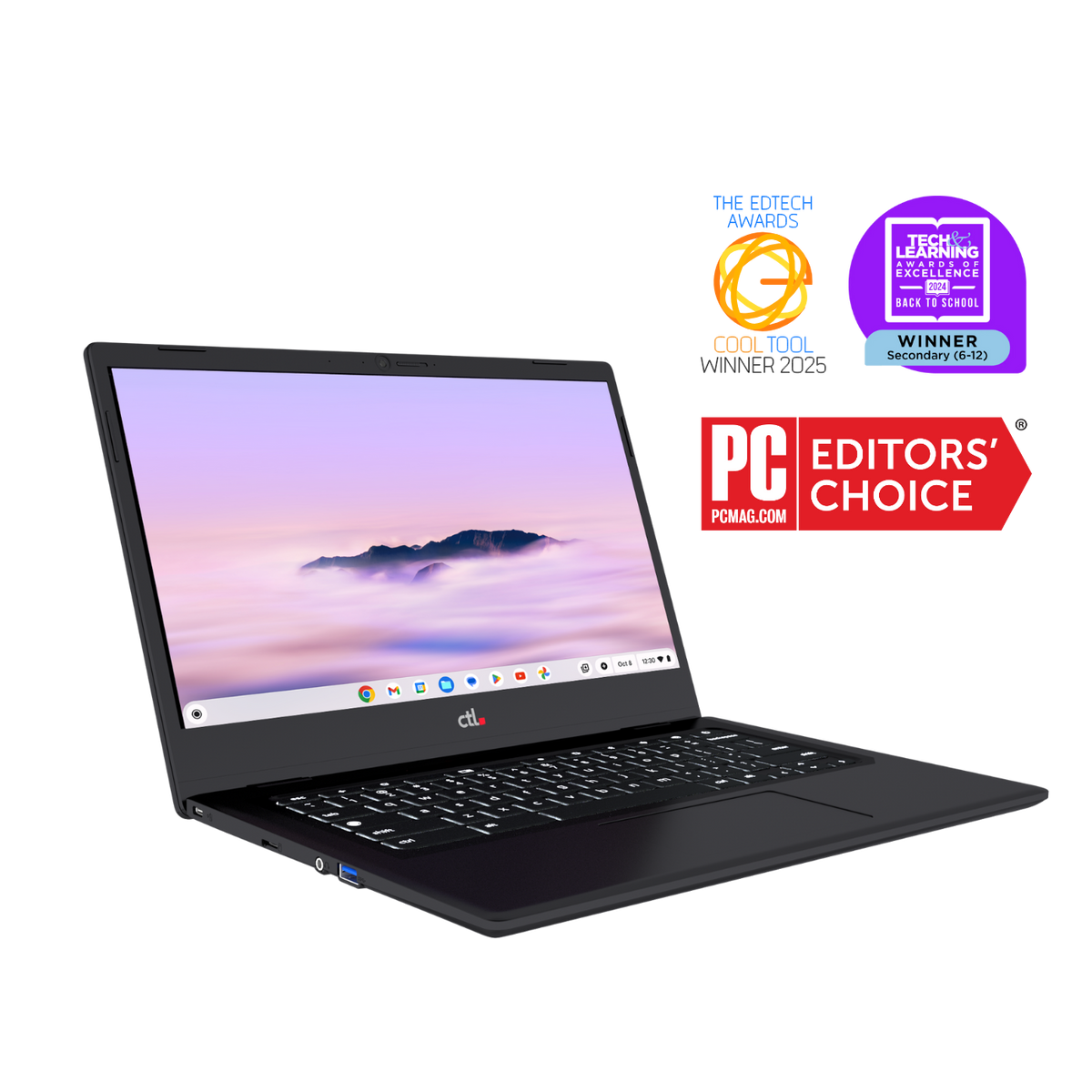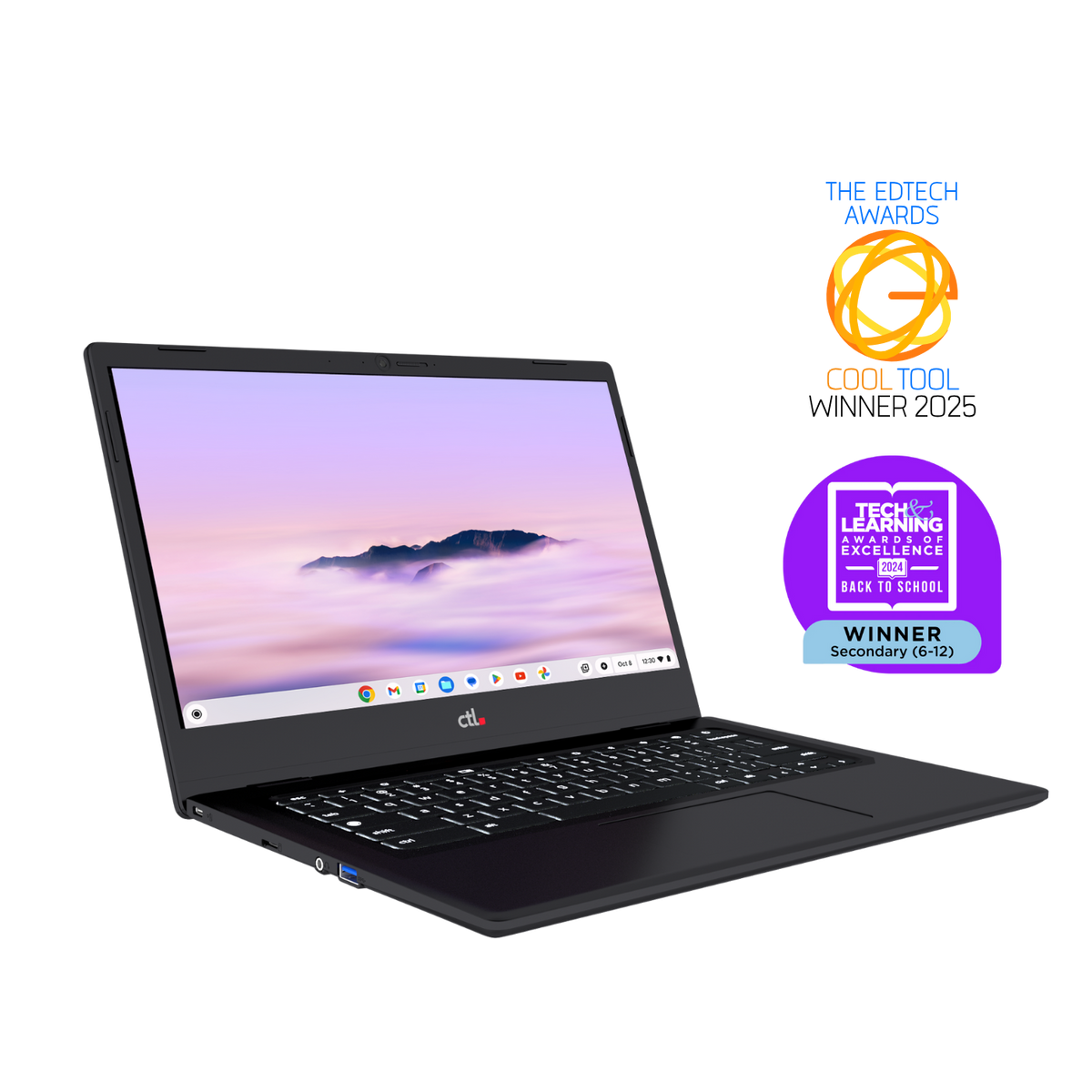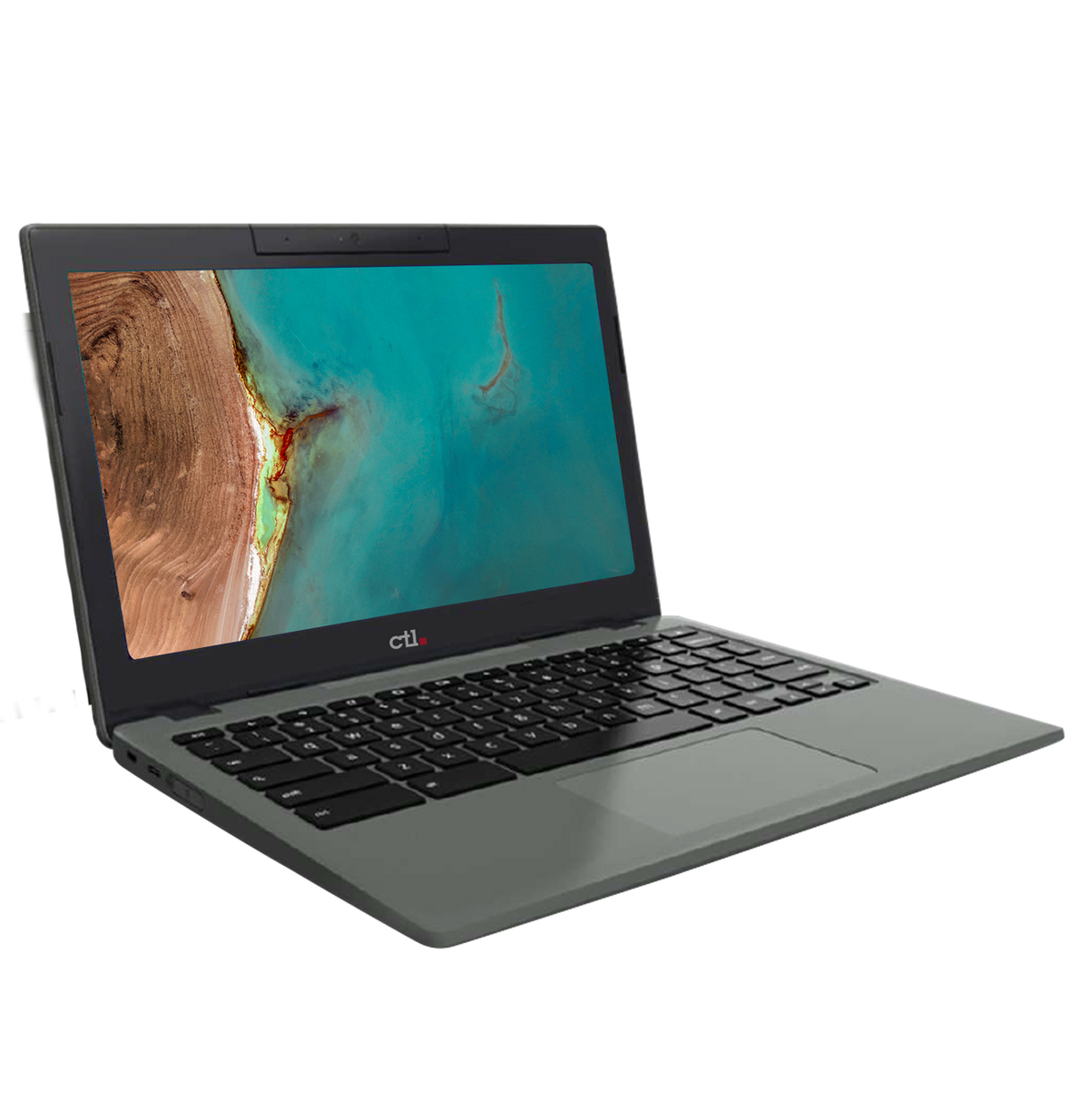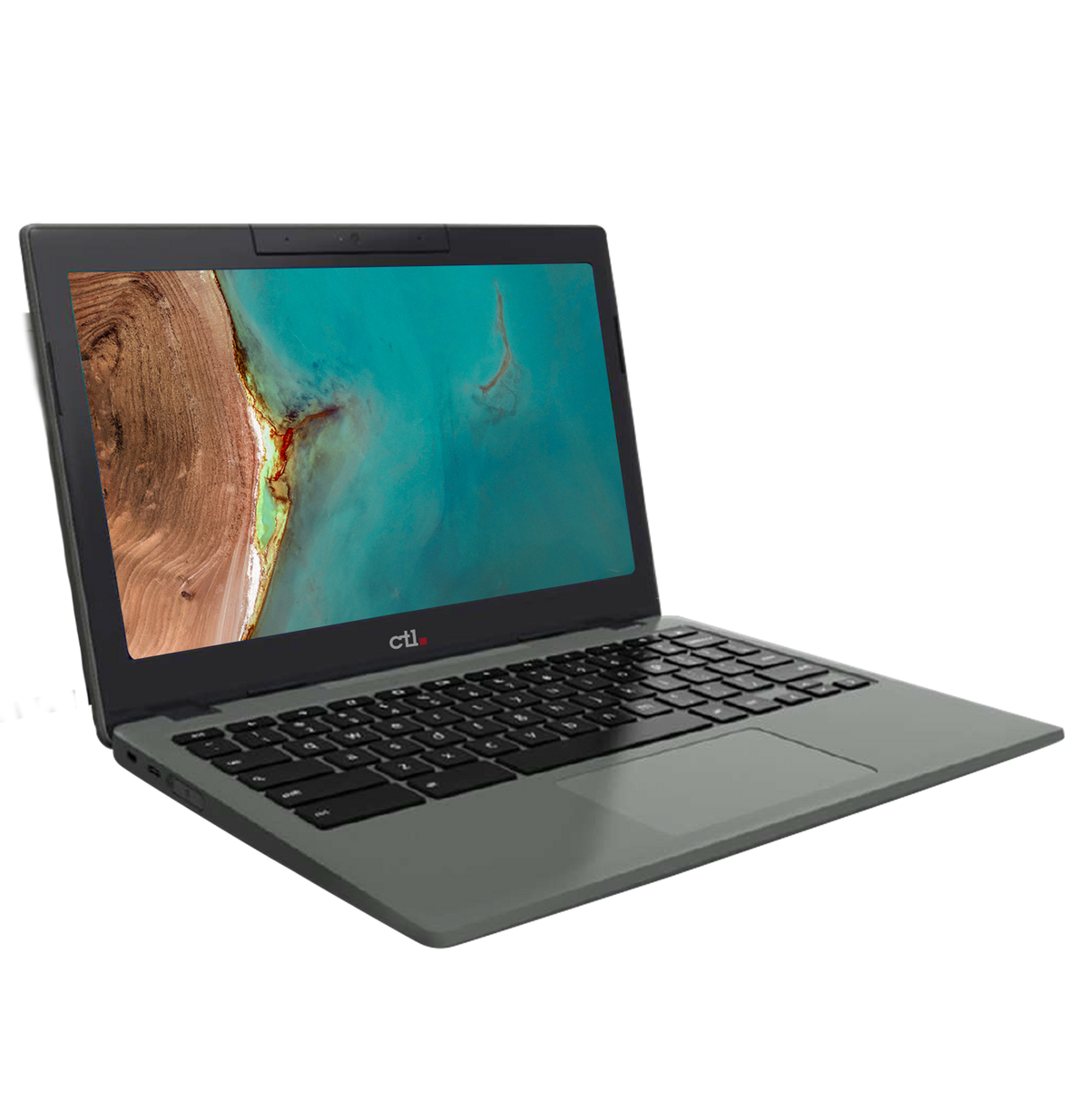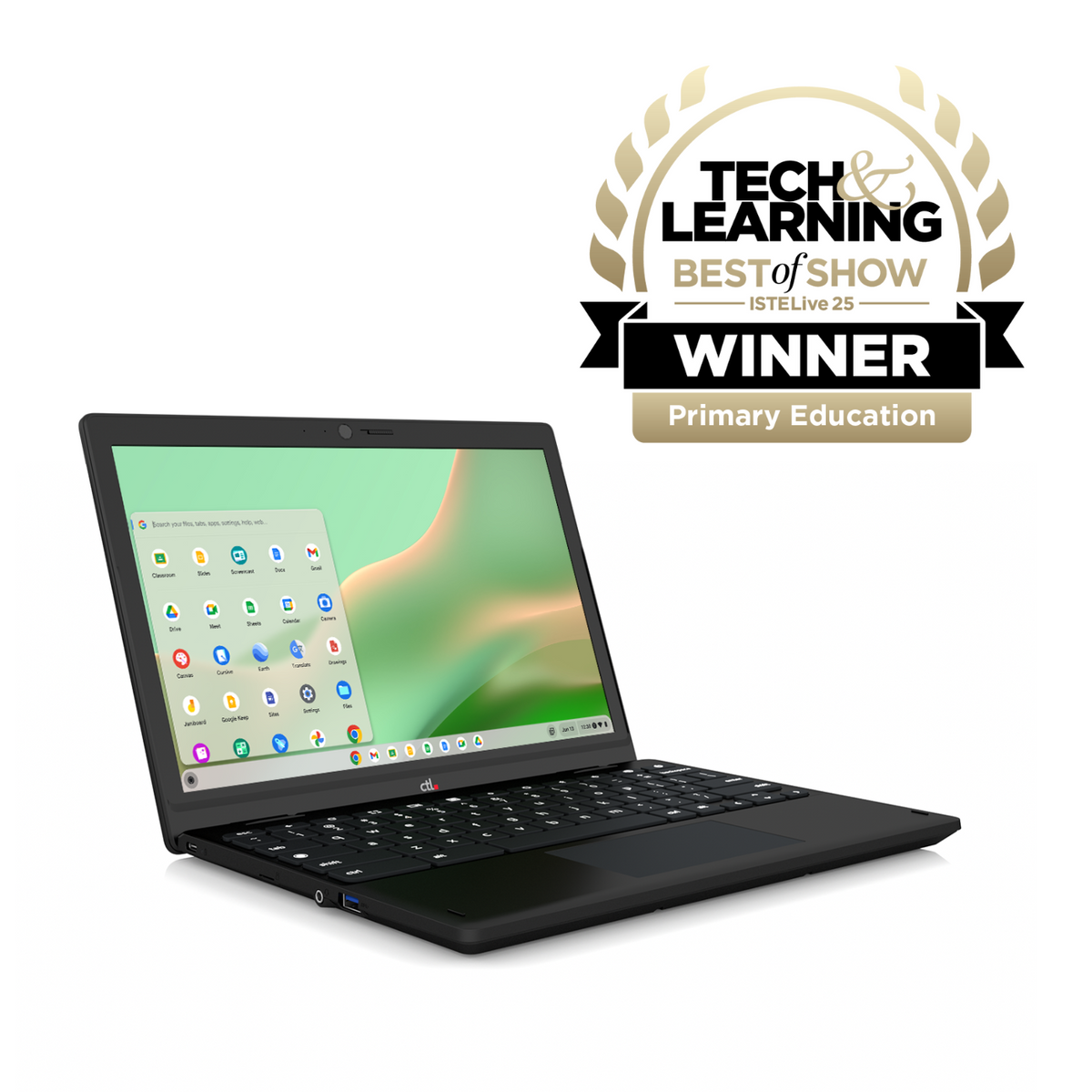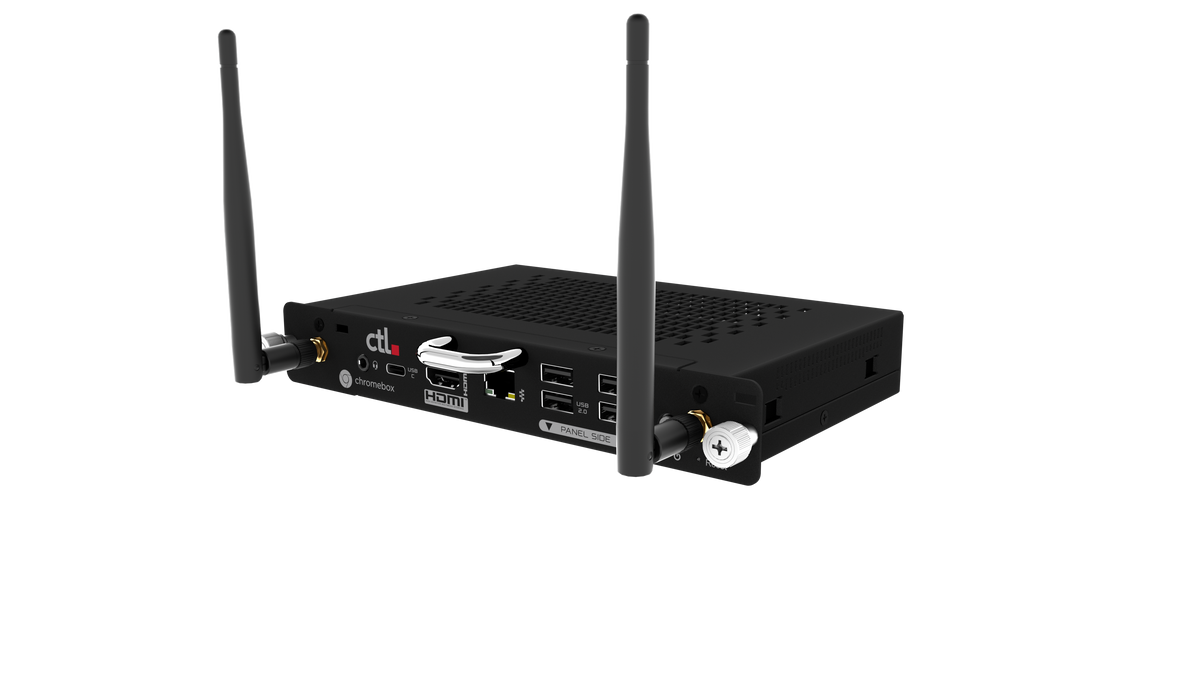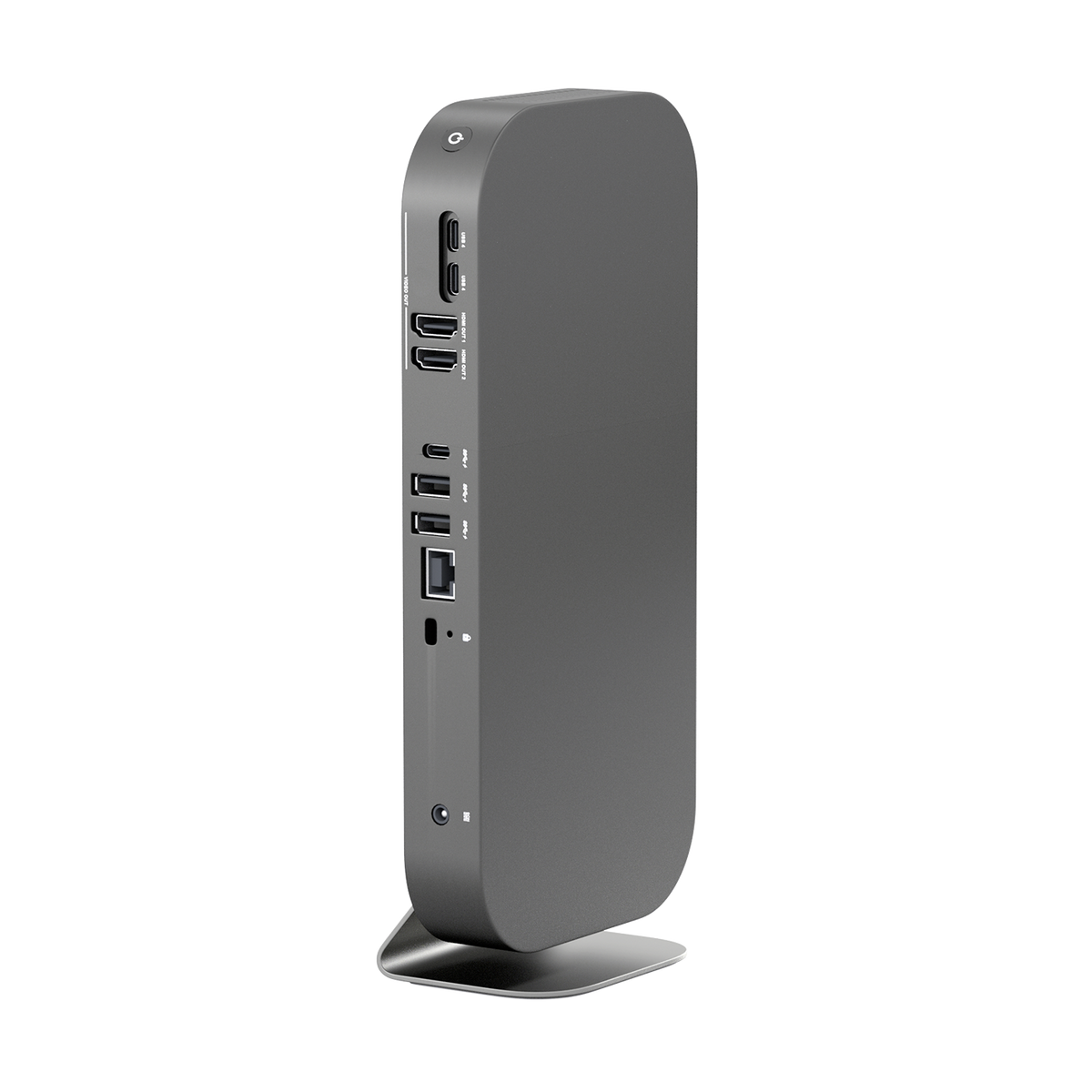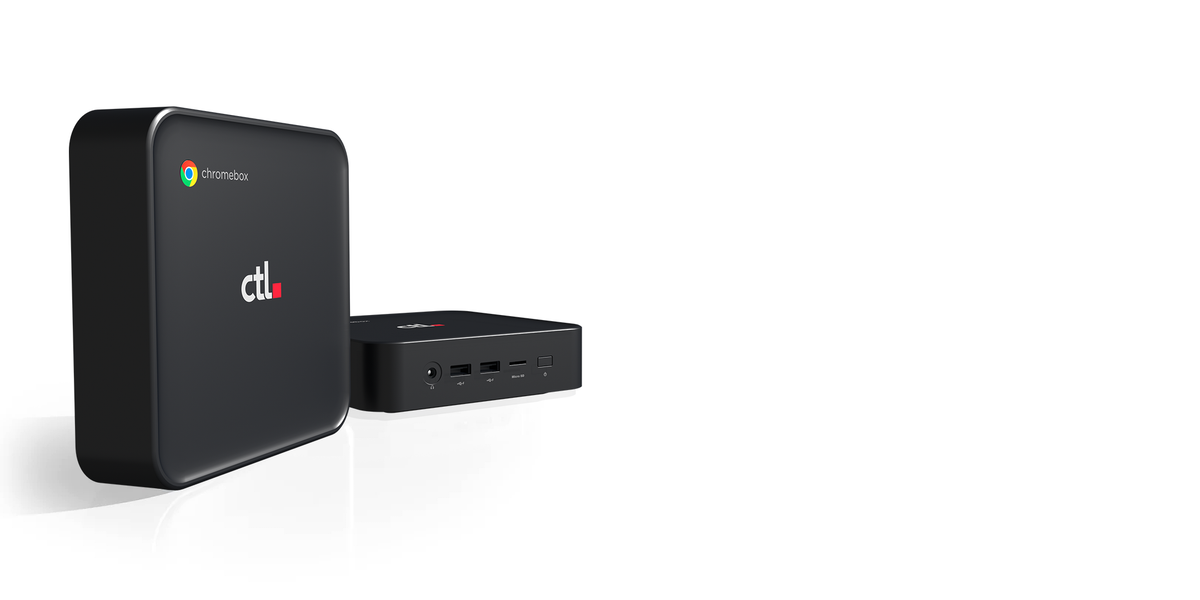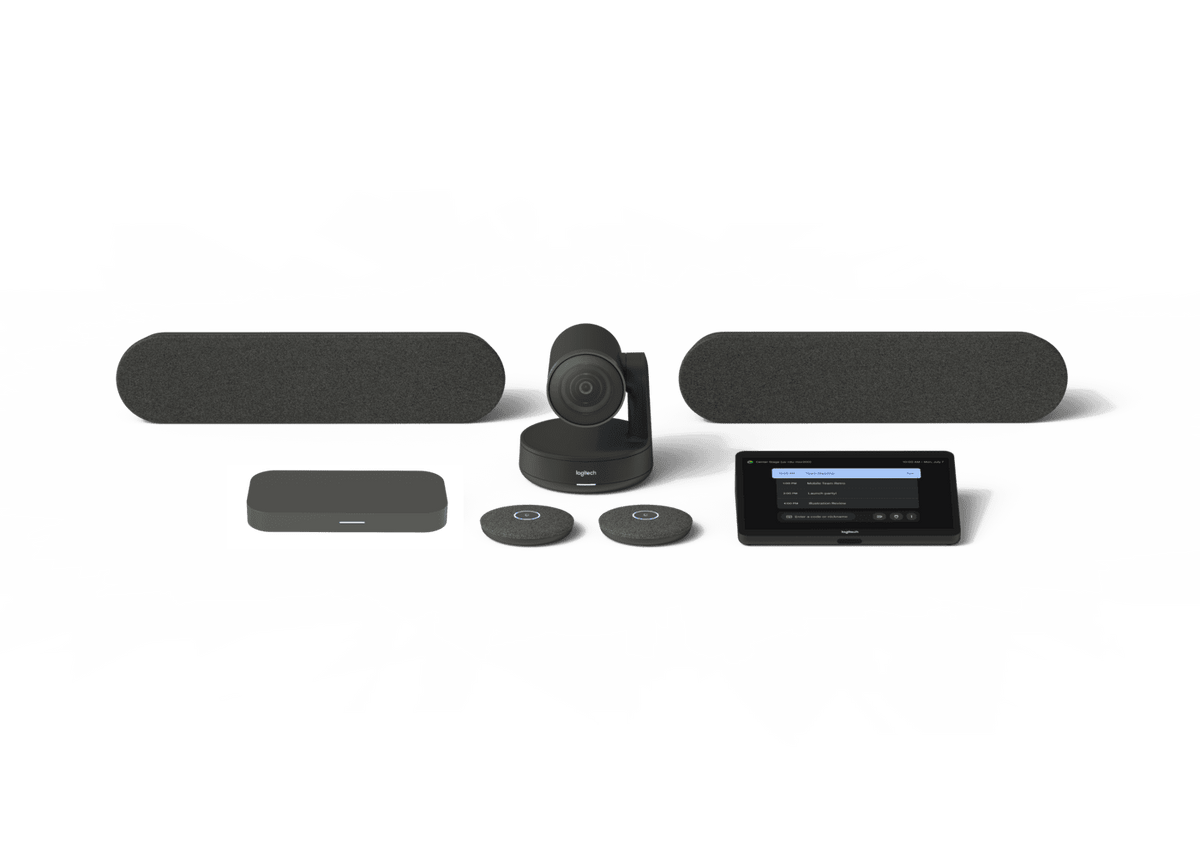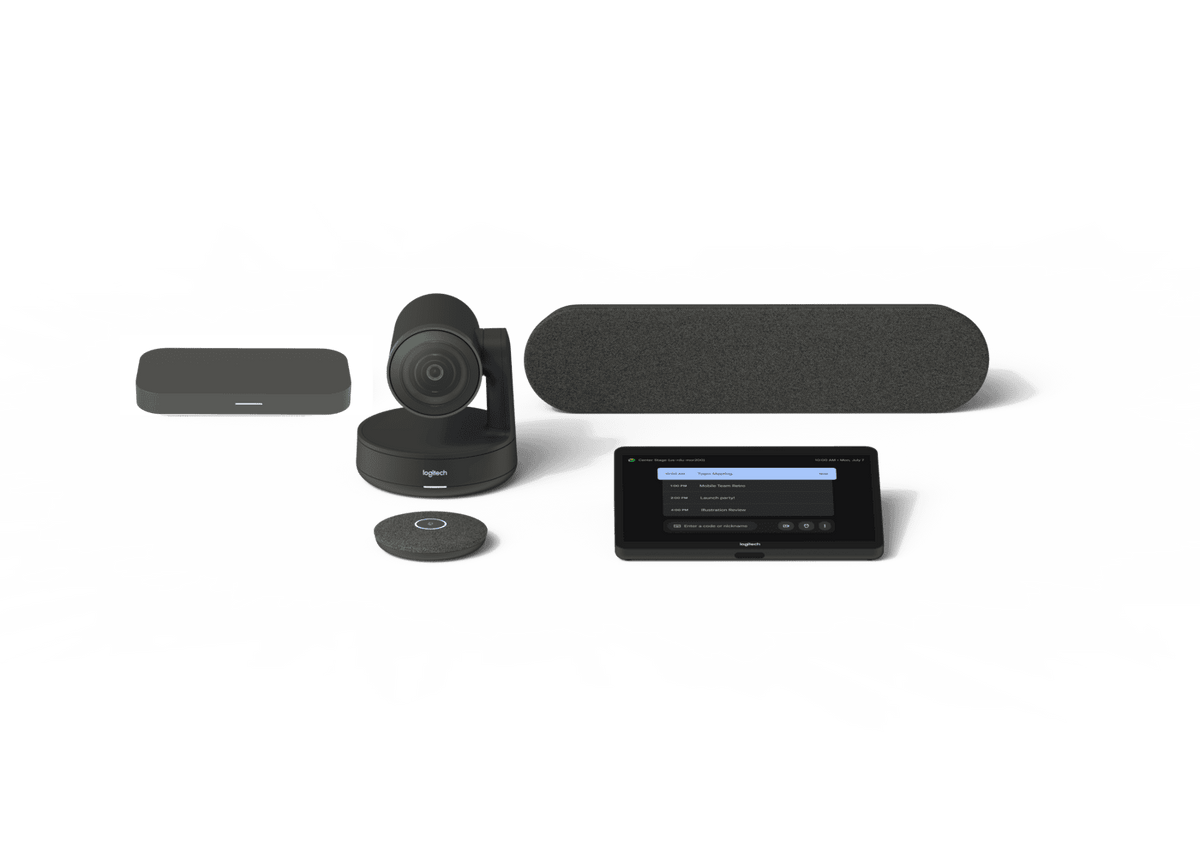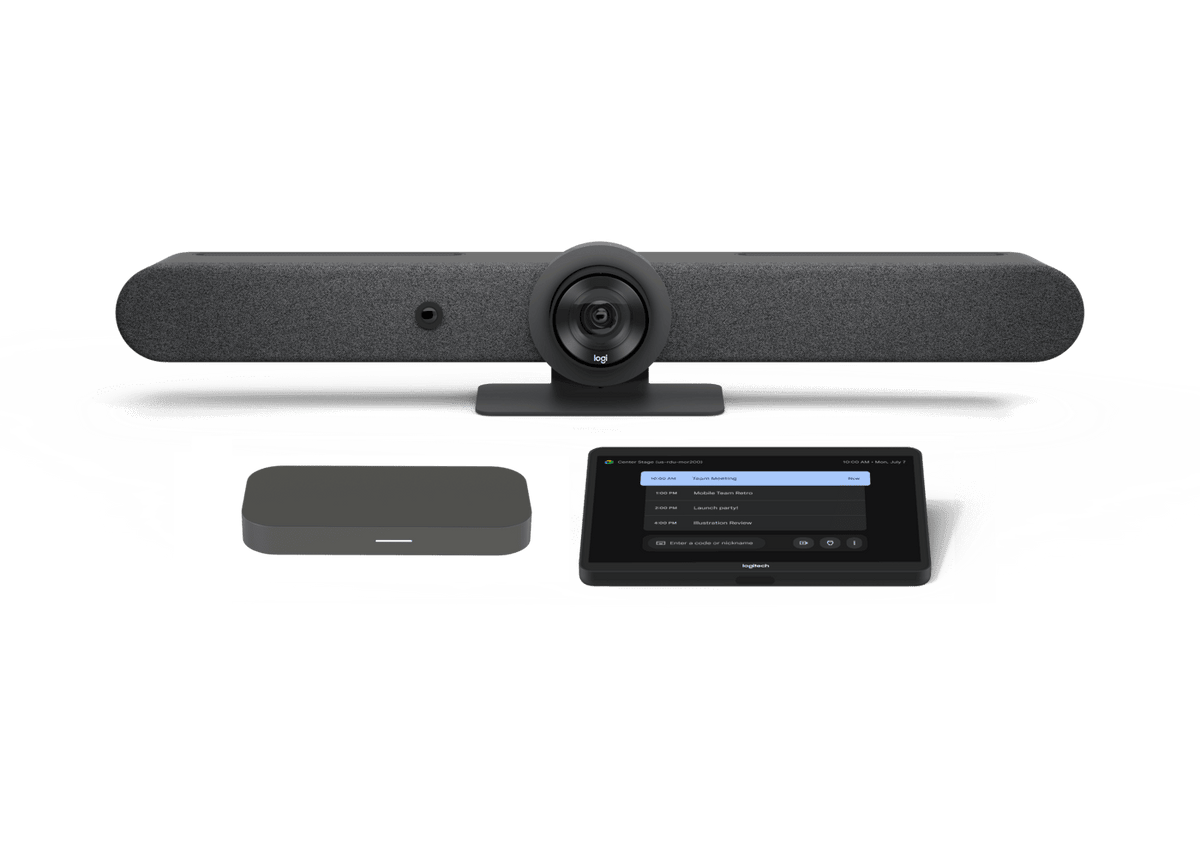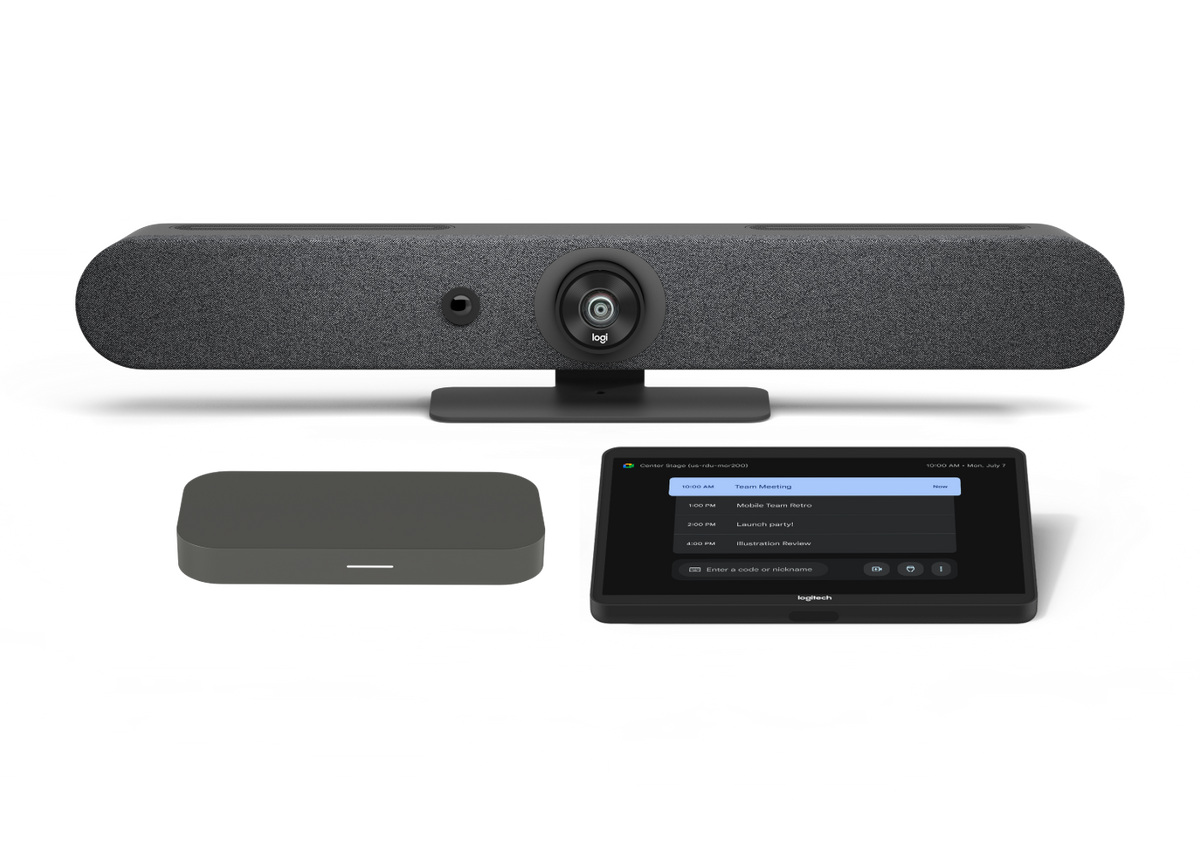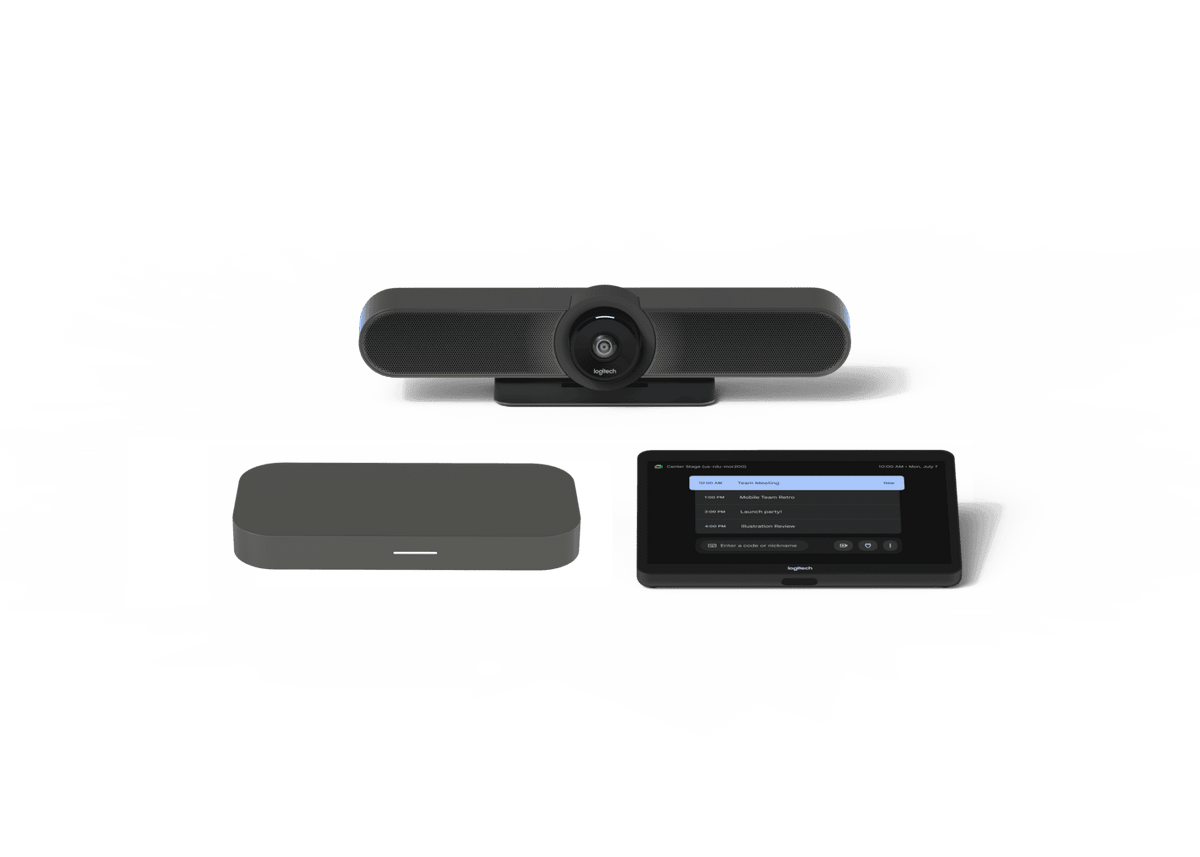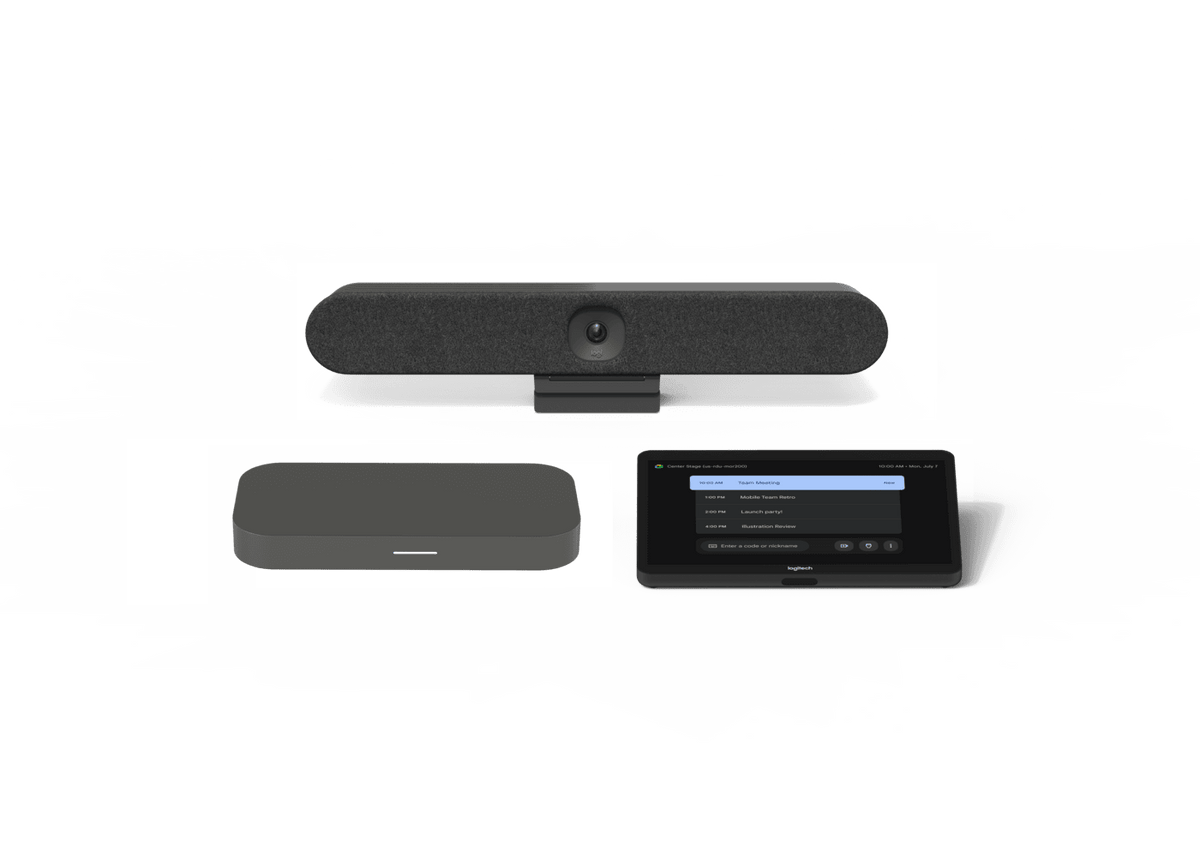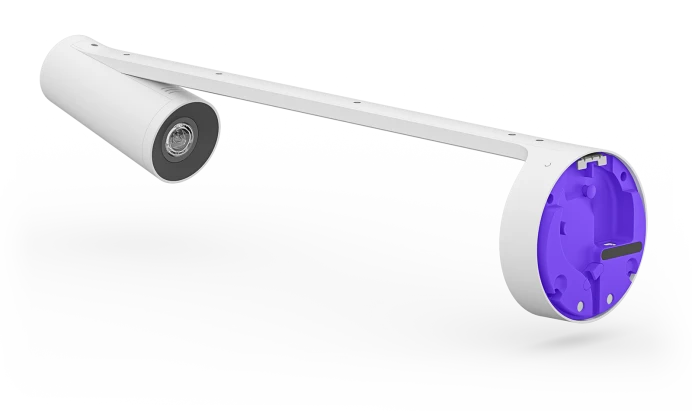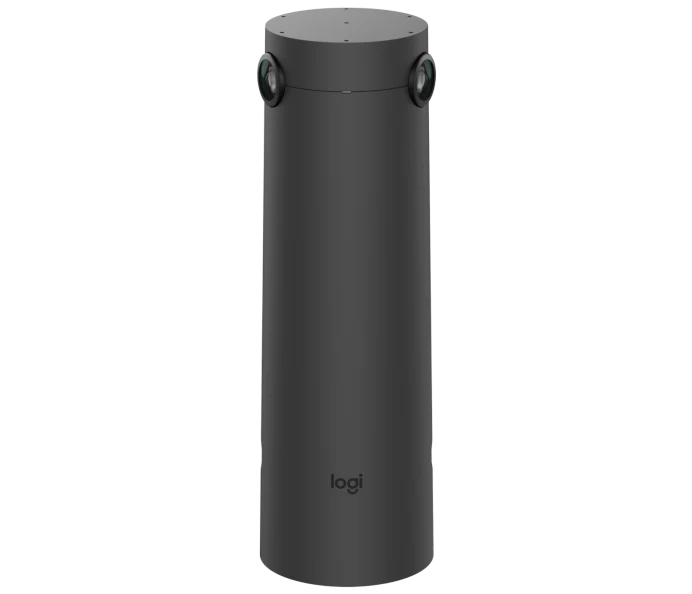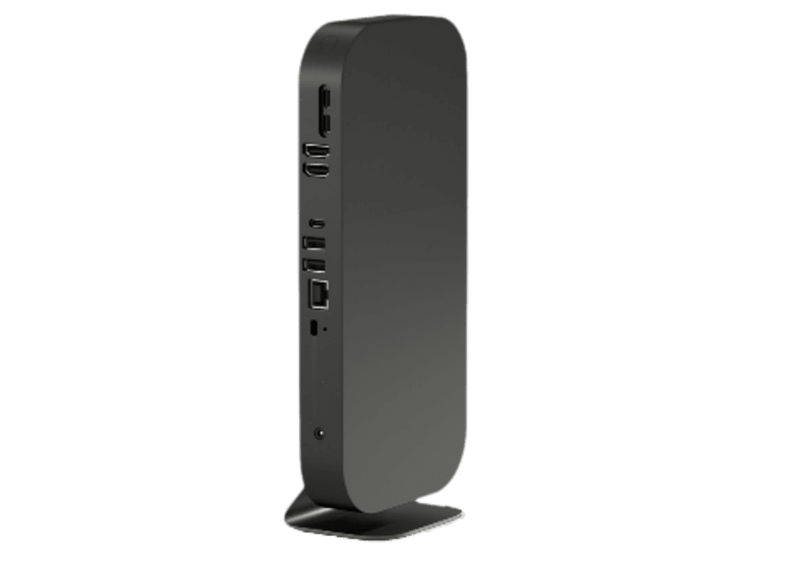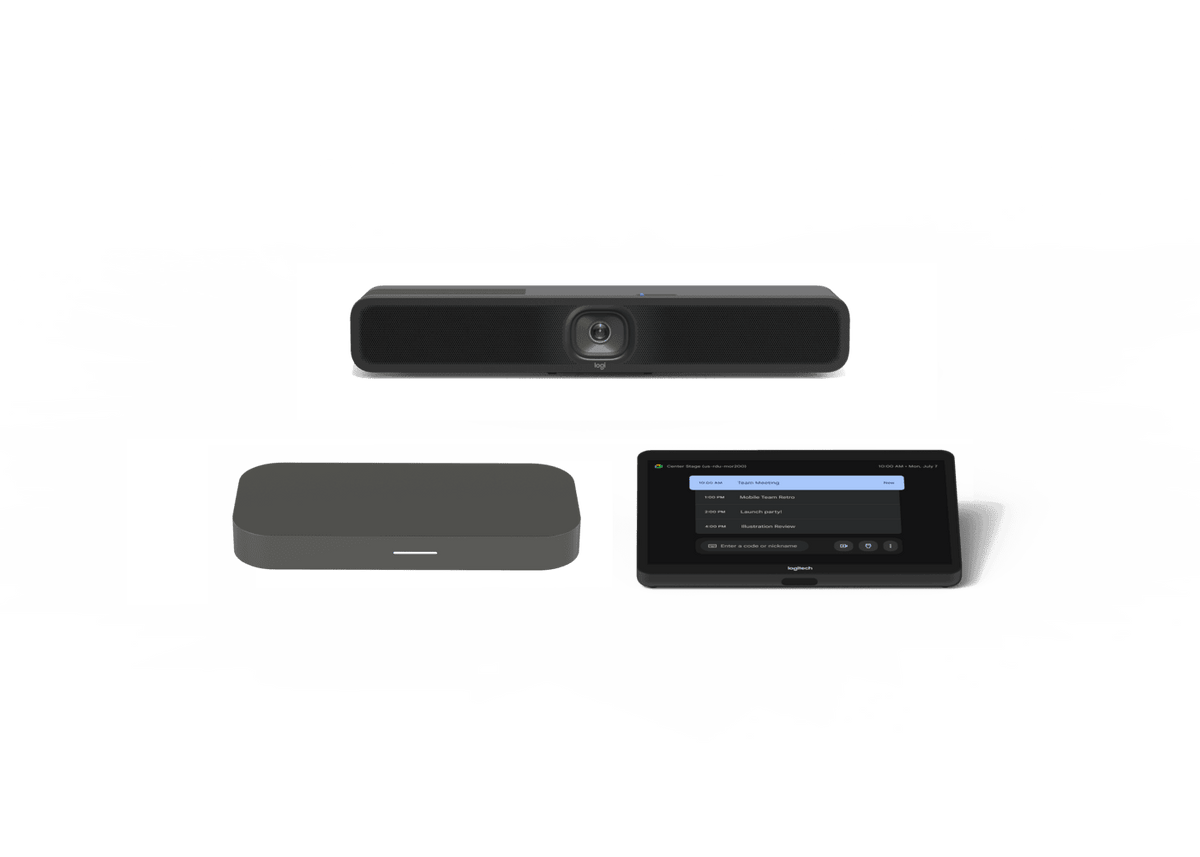CTL recently published a best practice handbook entitled "K-12 Technology Lifecycle Management." Below is an excerpt from the book focusing on Chromebook maintenance and support.
Effective technology support is the backbone of a successful K-12 Technology Lifecycle Management (TLM) strategy.
SERVICE VENDOR HELP DESK AND TECHNICAL SUPPORT
A responsive help desk is crucial for addressing daily technical issues. When selecting a vendor, prioritize those offering comprehensive and accessible support services specifically
for K-12 schools. Look for:
- Responsive services. Ensure your vendor offers quick turnaround times for addressing inquiries and providing service. CTL, for example, offers a 5-day turnaround service guarantee for CTL Chromebooks
- Efficient ticketing systems. Select a vendor who offers a streamlined process for your tech team to report issues and track resolution.
- Multiple support channels. Vendors should offer a variety of ways to quickly get in touch to answer questions or provide updates: phone, email, service app, and online chat.
- Knowledgeable staff. There are a lot of third-party maintenance and repair vendors that serve K-12 schools. Ensure these technicians are familiar with your specific devices. As an OEM, CTL also always recommends using our OEM-expert maintenance and repair services for CTL-branded Chromebooks. OEMs like CTL know this hardware the best, stock OEM-original parts, and have fleets of trained technicians on staff.
DEVICE REPAIR AND WARRANTY MANAGEMENT
Streamlining the repair process is vital to keep students learning. This involves:
-
Understanding warranties. Clearly comprehend the terms, duration, and coverage of device warranties from your vendor. Be cautious of complex third-party warranties with hidden deductibles or limited coverage.
-
Centralized tracking. Maintain a system for tracking all devices, their warranty status, and repair history.
- Streamlined repair process. Work with your vendor for efficient repair logistics, whether it’s sending devices out or receiving replacement parts.
STANDING UP A STUDENT OR IN-HOUSE EMPLOYEE REPAIR LAB
Consider developing an internal repair capability. This can offer several benefits:
-
Student repair lab. Engages students in hands-on learning, developing valuable technical skills while contributing to device longevity. This fosters a sense of ownership and digital responsibility. Student repair programs can operate in many models. Here are a few to consider:
- After-school repair lab. Work with student volunteers or fund a paid-intern program.
-
Lab as part of CTE. Technology repair can fold into your CTE curriculum, offering students educational credits.
- Student tech liaison program. Train a segment of students to serve as in-class tech resources.
- In-house professional computer repair lab. Funding your own professional lab enables quicker turnaround times on common repairs, reducing external costs and downtime. This requires investing in tools, parts inventory, and staff training. For instance, having spare parts or even a few extra devices for cannibalization can significantly speed up repairs. To save cost, consider pairing with a local community college or tech school for interns.

Tool Tip
Digital Promise recently published a helpful set of tools for setting up a student repair program. Access the Digital Promise Student Tech Team Toolkit.
LOANER PROGRAMS
To ensure continuous learning, implement a robust loaner program. This involves:
-
Dedicated loaner pool. Maintaining a stock of temporary devices for students whose primary devices are being repaired. Tip: Consider refurbished devices for your loaner pool to save costs and keep older devices in service longer.
- Streamlined check-out/check-in. Deploy an easy process for distributing and collecting loaners to keep track of inventory and availability.
-
Data consistency. Capitalize on the benefits of Chromebooks, where it’s easy to set up loaner devices to mirror the student’s primary device environment.
By strategically planning for help desk services, efficient repair workflows, internal repair capabilities, and robust loaner programs, schools can minimize technology downtime.
maximize learning continuity, and extend the lifecycle of their device fleets.
Cultivate Tech Talent with a Student Repair Lab
Murray City School District, serving approximately 6,300 students across 10 schools in Utah, has found an innovative way to manage its Chromebook fleet while simultaneously
empowering its students: a thriving after-school student repair lab. This unique program addresses device maintenance in a 1:1 Chromebook deployment environment
by employing paid student interns who are integral to keeping their peers’ Chromebooks in working order.
By entrusting students with these critical tasks, Murray City School District is not only efficiently managing its technology assets but also cultivating a new generation of tech-savvy, problem-solving individuals.
KEY BENEFITS OF A STUDENT REPAIR LAB
- Hands-on repair skills. Student interns gain practical experience diagnosing issues,
troubleshooting problems and performing hardware replacements on Chromebooks.
- Sustainable practices. The program teaches students about responsible recycling and the art of harvesting usable parts from old Chromebooks, reducing e-waste and providing cost-effective spare parts.
- Valuable data management. Students learn to use a robust computer tracking system to meticulously log device issues, track repairs, and manage inventory, developing essential organizational and data management skills.
- Cost-effective device management. By utilizing student labor and salvaged parts, the district efficiently maintains its technology assets, keeping more devices in service.
- Future-ready skills. The program cultivates a new generation of tech-savvy, problem-solving individuals, equipping them with highly transferable skills for future careers.
Download your FREE eBook now and empower your school's tech future!
